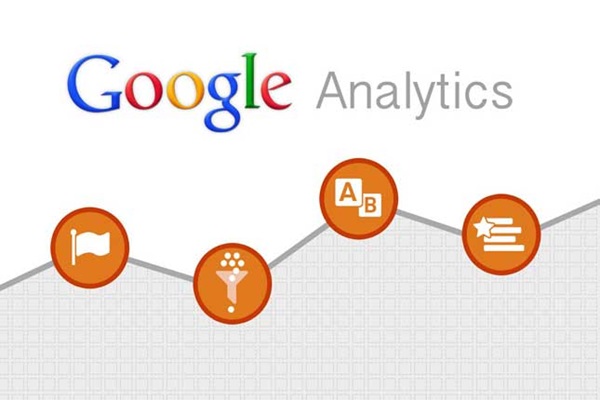*This is a part 1 in a two-part series. Part 2 dives into "5 Google Analytics tools for the mission of the church."
A crucial part of web ministry is knowing how people use, find, leave and connect with your website. Enter web analytics. Analytics are data created through patterns and behaviors of web users and online applications. Without analytics data, everyone in web ministry is guessing in the dark as to how effective your church website is.
If you have a church website, then you need to plug in an analytics program today so you can stop the guesswork and get the facts.
Analytic programs for your church website
Google Analytics: Google Analytics is a comprehensive analytics program that will give you access to a ton of data and options for building reports and goals for your website. Google provides real-time analytics that show who is currently on your site, and it’s all free.
Wordpress stats: If you have a Wordpress-based site, then you have options to use various plug-ins to create analytics reports. These are generally quite basic. They can also be quite easy to set up. It might be a good option to use this for quick references.
Hosted server analytics: If your website is hosted on your own server or with a particular service, then you more than likely have some options for analytics. They will probably be located in the “cpanel” or back-end settings panel. Sometimes these reports can be limiting and tough to navigate. Just check it out and see if this is a good place to start exploring.
Raven Tools: Consider this service if you have some budgeted funds and your website is a key channel for reaching out to newcomers and/or connecting with your congregation. Raven Tools can help you with creating analytics reports, setting goals and accessing extended data elements. It may be too robust if you’re new to the game. It may be a good idea to start with a basic analytics tool, devise some goals and then evolve into something like Raven.
MOZ: MOZ is a paid analytics service. It boasts a local business listing package that is budget friendly. It does not include all data-reporting tools, but it’s still a solid option to consider.
**Both MOZ and Raven Tools have free trial periods where you can test them to see which setup you like best. If you are serious about your church website, you should check out these, or similar, analytics companies.
What metrics should your church measure?
Visitors are one of the most crucial metrics to measure. It’s important to differentiate new visitors from repeat visitors. You can also view a visitor’s location and see how he or she found your website (Facebook referrals, search engines, etc).
To attract new visitors, look at the sections on your site that new visitors are frequenting most. See how long they are visiting those pages. If you have many visits on a page, but people leave in five seconds, that tells you that referring pages and search engine optimization are doing well, but your content is boring. Focus on these highly visited pages above all others. Strip the old and replace with new and engaging original or recycled content. Pair your writing with attractive images that people want to share.
Referrals are the websites that send traffic to your church website. You can focus on the sites that bring the most traffic and evaluate channels that are performing poorly.
Determine which keywords people use to find your site. Edit your website search engine optimization, social media strategy and content creation to attract the visitors (new and old) for whom your church website was created.
Locations tell you where a visitor’s IP address is registered. It’s great to attract visitors from across the globe. This could be a sign of a thriving global ministry. However, for most churches, the majority of visitors should be close in proximity. If they are not, consider implementing a local strategy:
- Use content marketing to attract surrounding communities.
- Optimize your website to include local events, community needs and keywords for which people in your surrounding area search.
- Post relevant community-oriented content on social media.
- Make sure your content is easily shareable by placing big social media share buttons at the top and bottom of your web content.
Devices tell you what platforms people use to view your website. If 65 percent of your website traffic comes through mobile devices, you may need to redesign your site to be responsive to different screen sizes. You may need to adjust the length and type of content posted. Most people will not read a four-page sermon manuscript on their mobile phone, but they will read a digest of bullet points.
These are just a few key analytics data points. There are many more, but knowing the basics will get you started in the constantly changing and growing world of web ministry. Now delve a little deeper in part 2 as we discuss 5 Google Analytics tools for the mission of the church.

